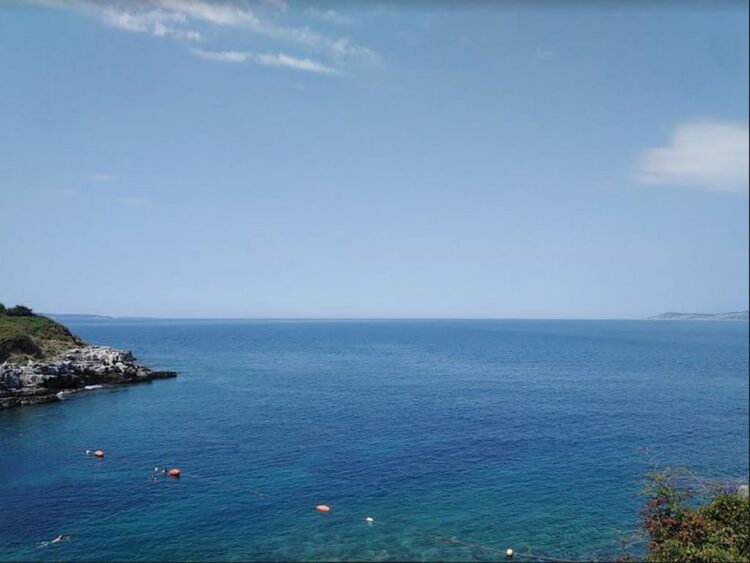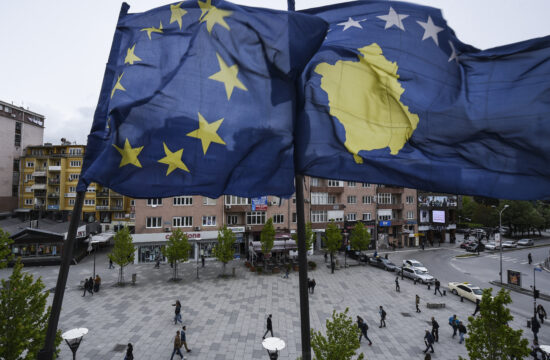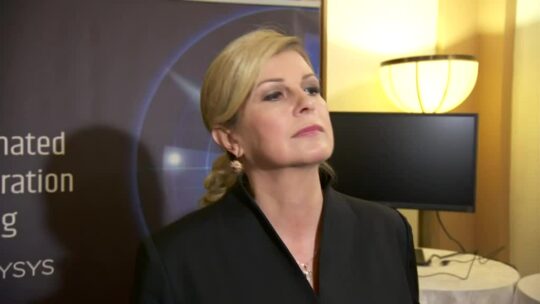
Fish stocks in the Adriatic Sea are diminishing at an alarming rate due to overfishing, climate change and the immigration of new fish species that threaten the existing fish population, which is why experts warn that "the Adriatic as we knew it is disappearing".
“Fisheries and our fish resources are in trouble. Climate change is a big problem, the Adriatic as we knew it is disappearing,” Professor Alen Soldo from the Department of Marine Studies at the University of Split told Hina in an interview.
There should be a complete ban on fishing in areas where fish have not yet spawned
In most Mediterranean countries, including Croatia, oily fish account for the majority of the total catch, the fishing industry fears that fishing will be halted due to overfishing, while administrative measures are either drastic or delayed.
“I have been warning for a long time that oily fish stocks in the Adriatic, sardines and anchovies, will reach a low point. When that happened, the EU demanded a drastic reduction in catches, and even a stop. The measures that were put in place then no longer work,” says Soldo.
He proposes a complete ban on fishing, in a certain area for a certain period of time, of young fish that have not yet spawned.
“Merely reducing the amount of catch without enabling reproduction (spawning) no longer works today. It is not the same if you catch 50,000 tonnes of fish that have already spawned or 50,000 tonnes of small juvenile fish. We are dealing with stopgap measures instead of being preventive,” Soldo said.
He called for a complete ban on fishing in the Croatian economic zone because the area is one of the main spawning grounds in the Adriatic.
Most vessels from the Croatian fishing fleet do not go to that area given that more than 94 per cent of the fleet consists of boats that are less than 12 metres long and those are prohibited from going that far from the coast, so such a decision would not affect the Croatian fishing industry, according to Soldo.
“Most of the marine resources in that area would be freely renewed, and as their natural urge is to move towards the eastern (Croatian) coast, this would mean that our fleet would save on fuel, which is the biggest expense in fishing today, and wait for a larger amount of adult specimens, thus generating a higher profit,” he says.
Soldo warns that invasive (immigrant) fish species are changing the natural environment of the Adriatic Sea. “One of the most invasive species, the lionfish, was recorded for the first time in our part of the sea last year, and several times this year. This fish is known to have changed the natural environment in many places in the Mediterranean.”
Invasive species spreading because of the lack of sharks
Jakov Dulcic, a scientific adviser at the Institute of Oceanography and Fisheries in Split, points out that over the past three decades the arrival of 46 new species of fish has been recorded in the Adriatic Sea, where more than 460 fish species live.
According to Dulcic, one of the worst invasive species in the Mediterranean Sea is the devil firefish, which was spotted off Vis island at a depth of 15 meters in August 2021 and near Racišce on the island of Korcula in August this year.
The spread of the devil firefish, native to the Indo-Pacific, is facilitated by the shortage of native predators, namely sharks which are overfished.
“The devil firefish looks beautiful, but one should be aware that its sting can sometimes be deadly. However, it can be prepared for food without any fear,” explains Dulcic.
Experts are concerned that aggressive invaders threaten native fish species, and some of them pose a threat to human health.
“One such example is the stonefish in the eastern Mediterranean, whose sting can be fatal. One of the deadliest is the blue-spotted cornetfish, which is also called the Lessepsian sprinter because of its rapid conquest of the Mediterranean,” says Dulcic.
He says that in the past 20 years 107 exotic fish species have entered the Mediterranean, more than in the entire previous century.
Invasive fish species are changing the demographic structure of the fish populations, and some new species have established their own populations in the eastern Mediterranean.
“It is significant that the presence and number of settlers mainly refer to the areas of the central and southern Adriatic because there is a temperature barrier compared to the northern Adriatic,” explains Dulcic.
“If there is a significant change in the sea temperature, we can very soon expect a bad scenario with the state of biological resources in the Adriatic Sea,” he adds.
The latest research warns of serious threats that climate change poses to developing countries, where a significant decline in fish biomass is expected by the year 2100.
“In some tropical regions this decline will amount to 30 or 40 per cent, which will be felt the most by communities that depend on fishing as the main source of food and income,” warns Dulcic.
Awareness of the need for sustainable management of fish stocks in Croatia is currently low. Raising awareness is a necessity, otherwise we could be permanently late in preserving fish resources in our sea, experts point out.





Kakvo je tvoje mišljenje o ovome?
Budi prvi koji će ostaviti komentar!